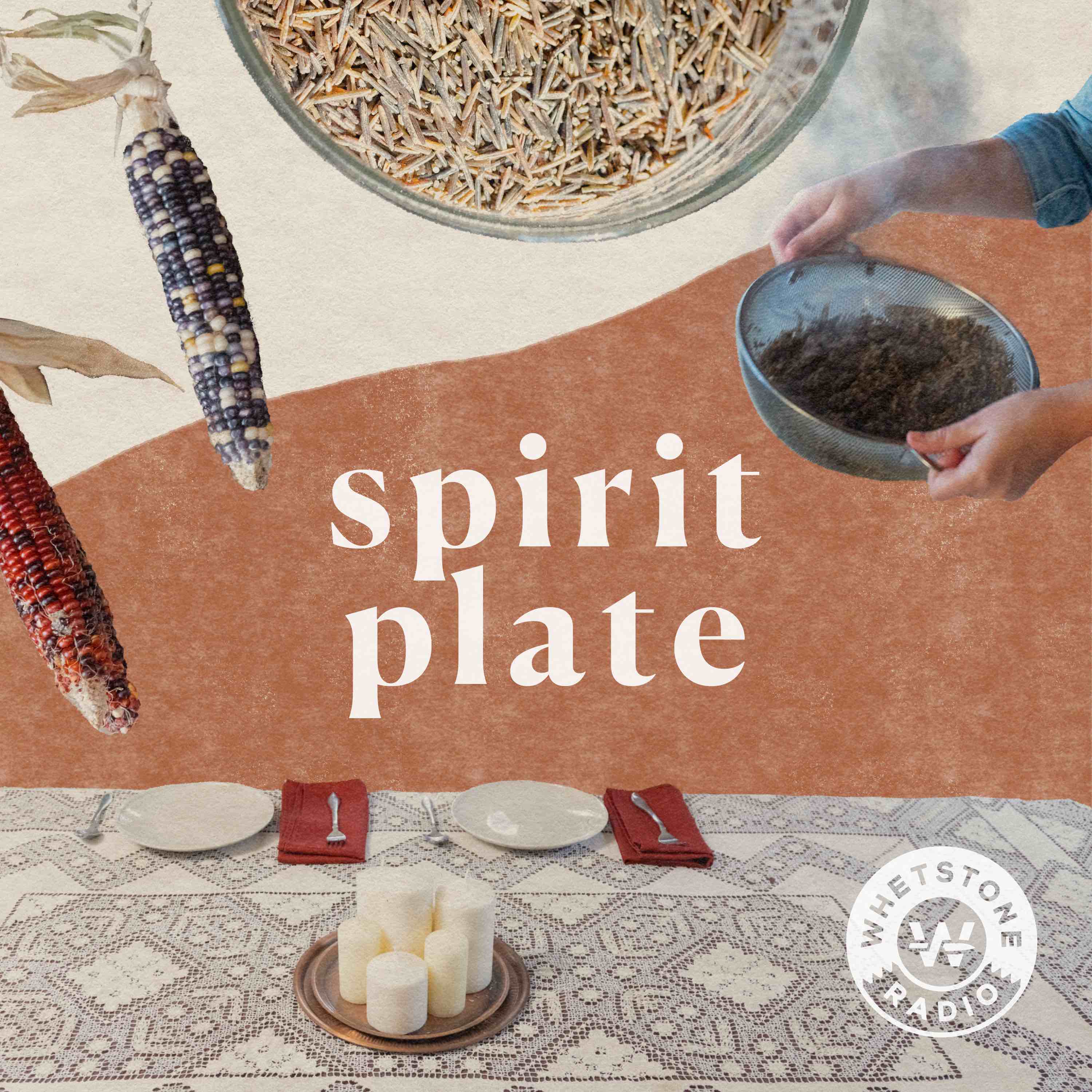Allotment & Assimilation Pt. 1 with Eric Hemenway
Description
During the Allotment & Assimilation Era (1887-1930) the U.S. government moved to assimilate Native peoples into American society and the economy. Private land ownership was forced onto Indigenous peoples by breaking apart communal lands into family parcels, effectively altering relationships to land and food. In many cases, Native peoples were forced to shift from subsistence lifestyles and traditional forms of trade to growing food as a commodity. This commodity-based approach to food was and continues to be in conflict with traditional relationships, knowledge, and practices related to growing food.
Topics covered in this episode:
Min 1:30: Meet Eric Hemenway
Min 2:30: Introduction to the Allotment & Assimilation Era
Min 4:22: Division of land
Min 6:10: The Burt Lake Burnout
Min 9:58: Shiloh’s scorched corn and fish cakes
Min 16:31: Convoluted allotment in northern Michigan
Min 20:51: Impacts of allotment on the Odawa community
Min 25:29: Debunking stereotypes
Spirit Plate is part of the Whetstone Radio Collective. Learn more about this episode of Spirit Plate at www.whetstoneradio.com, on IG and Twitter at @whetstoneradio, and YouTube at /WhetstoneRadio.
Guest: Eric Hemenway
More Episodes
Over the course of this season, our guests have helped us understand the history of disruption and provided essential context for why the Indigenous food movement is necessary. In this last episode for season 1, we talk with Anishinaabe farmer and food producer Rosebud Bear Schneider about the...
Published 03/28/22
Published 03/28/22
The activism and momentum of the late 1960s led to a shift in U.S. policy toward Native tribes, reaffirming Indigenous peoples’ right to self-governance. Later, this era became known as the Self-Determination Era. Starting in the early 1970s, many pieces of legislation were passed which, among...
Published 03/21/22


